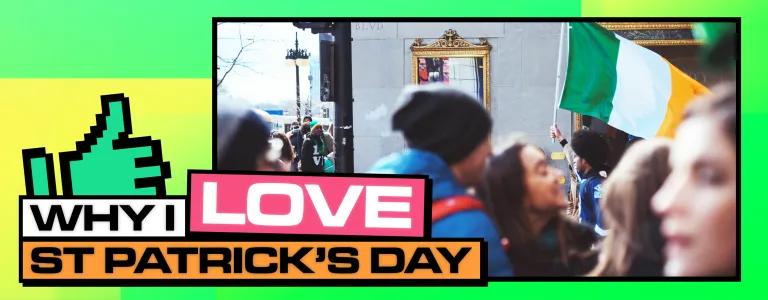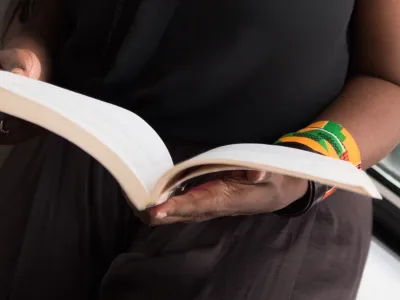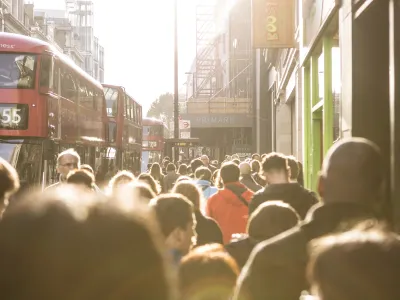
Why I love St Patrick’s Day
For my family and I, if there’s one day in the year when we go full-on with our joy of being Irish, it’s St Patrick’s Day. Sometimes we’ll get into deep and meaningfuls about Irish history — about The Troubles, the multiple invasions, the famine — and I cherish those open conversations because it’s important to me to know about my roots. But, as well as acknowledging the turmoil and pain involved in Irish history, St Patrick’s Day is a time for us to come together and celebrate the best of Irish culture.
And practically the whole world celebrates St Patrick’s Day on March 17. From New York to Melbourne, to London and Guangzhou, there’ll be Irish music, dancing, mile-long parades, and numerous pints of Guinness held aloft.
But the truth is that, while today prominent people — including the current president of the US — often proudly talk about their Irish roots, this respect and appreciation wasn’t always present. As many as two million Irish people were forced to flee their homeland after the Irish famine in the 19th century, and they were often met with discrimination, xenophobia, and signs stating ‘No Irish, No Blacks, No dogs’. Times have (thankfully!) changed, and we’ve made our mark on the world despite our painful history. March 17 is now an opportunity to revel in our music, our literature, and our thirst for finding any excuse to celebrate life!
Here’s a few of my favourite surprising facts about St Patrick’s Day:
1. The city of Chicago dyes its waterway emerald green.
Chicago is home to a lot of people with Irish roots, and on March 17 the city dyes its main waterway emerald green. The ingredients of the dye are top-secret, but apparently it’s 100% harmless and as soon as the dye hits the water it turns a beautiful shade of green.

2. St Patrick was originally blue!
Look around any St Patrick’s Day parade, and you’ll see so much green — green clothes, green flags, green face hats. But historians say that St. Patrick, Ireland's patron saint, traditionally wore a blue robe. It was during the Irish Rebellion of 1798, which was an uprising against British rule, that Irish soldiers took to wearing green uniforms as a political statement. And that shift from blue to green has stayed to this day.
3. Only two countries have St Patrick’s Day as a public holiday.
Yes, while nearly every country celebrates it, only two countries have made St Patrick’s Day into a public holiday. And those two countries are… Ireland (including Northern Ireland) and Montserrat, which is a small island in the Caribbean.
4. The traditional meal is bacon and cabbage.
Many people back in the day couldn’t get hold of bacon as it was pretty expensive. So, they swapped the bacon for corned beef. That might be ‘traditional’, but I can’t say corned beef and cabbage is a staple for my family get-togethers. We prefer potato cakes, Irish stew, and a whole sideboard of different cakes for afters.
5. Leprechauns are probably based on Celtic fairies
There’ll be many a red-haired, green-clothed Leprechaun printed on various St Patrick’s day paraphernalia. The original Irish name for these little guys is ‘lobaircin’, which means ‘small-bodied fellow’. One story I like is that, in Celtic folktales, leprechauns were grumpy and responsible for mending the shoes of the other fairies!





